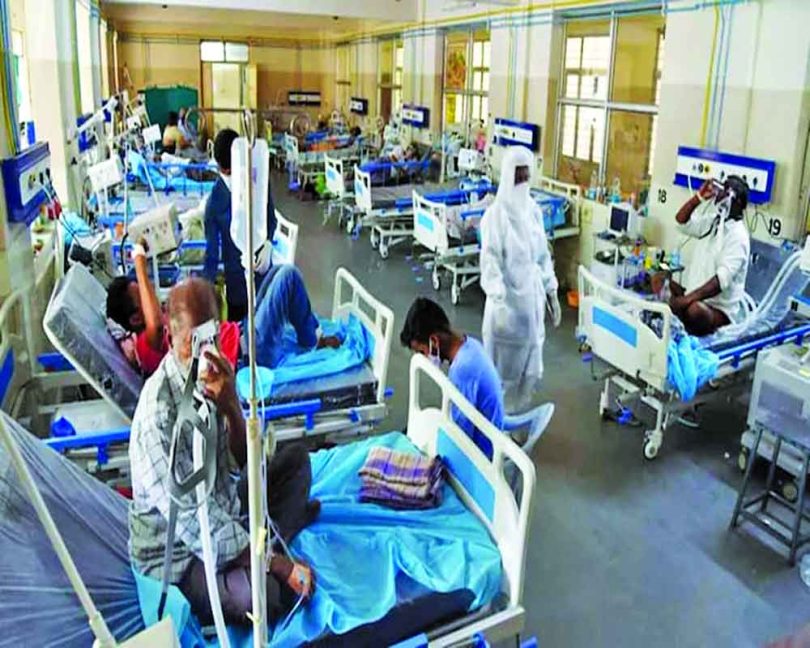[ad_1]
After Covid, relatively smaller cities have better healthcare and awareness about well-being
India is a diverse country and so are the opportunities for it to become the emerging hub for the healthcare industry. With economic growth and industrialization in the major cities, a number of tier II and III cities have revolutionized the healthcare industry. Especially, at this time the Indian healthcare system is evolving like never before, these cities have made major changes to their healthcare services after the Covid-19 pandemic. From telemedicine to video consultation during the lockdown, their contributions have been greatly appreciated to connect the remote areas. Tier II and III cities are the connecting links between developed cities and remote locations.
Healthcare startups are also filling up the demand-supply gaps. During the coronavirus pandemic, many startups emerged in the healthcare sector to contribute to the global emergency. Since then these startups have been doing a commendable job by introducing the latest technologies and advanced solutions to eradicate the obstacles that hinder the growth of medical science in the country. These startups aim to transform healthcare services, especially in remote regions across India and other parts of Asia. There is a need for portable devices in tier II and III cities.
Professionals leading small and medium healthcare businesses target this and push the cities to be the hub for any healthcare solution. Along with startups, many hospital chains are expanding and exploring routes in these cities as over a few years, people in small towns and cities are engrossed in quality healthcare. Companies are increasing availability in tier II and III cities not only in terms of basic facilities and medical practitioners but also for quality cardiologists, surgeons, oncologists, and diagnostic techniques.
Governments with initiatives for enhancing medical services in tier II and tier III cities are also contributing to the growing solutions in these cities and are determined to change the demand-supply gaps. Investments have drastically increased over the years for the overall growth of the healthcare infrastructure in tier II and tier III cities. There have been a total of six AIIMS facilities in Rishikesh, Bhubaneswar and Bhopal. Moreover, there are proposed AIIMS setups in J& K (Awantipora), Haryana (Rewari), Bihar (Darbangha), and (Madurai) Tamil Nadu. While digital healthcare and telemedicine have come a long way, there are a lot of areas where we lack awareness. The government in association with the private sector runs campaigns and advertisements to spread awareness about these, especially in underserved areas. Initiatives like Ayushman Bharat, Ayush Mission and Pradhan Mantri Swathya Suraksha Yojna are turning the table for tier II and tier III cities.
The country has been the number one choice for investors by virtue of the diverse geography, mixed cultures and immense potential due to a huge population creating immense supply and demand. The government is making constant efforts to provide affordable healthcare to every nook and corner of the country and increasing awareness about concepts like telemedicine and online consultation. Tier II and tier III cities are adapting the facilities and services just like tier I and further taking it ahead to the remote locations of the country. Advanced technology and digitalization have opened doors for healthcare workers to grasp information about the latest inventions every day and this is another plus point for such cities to emerge as a major healthcare hub in the country.
(The author is Executive Chairman, Ujala Cygnus Group of Hospitals)
[ad_2]
Source link








